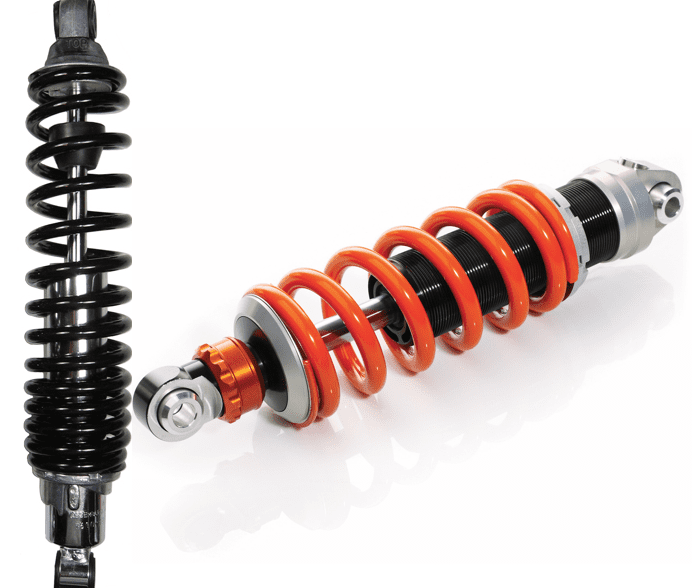If you’ve looked at improving your suspension, you have probably run into the argument about whether progressive for linear springs are better.
Our Ducati GT1000 project bike suffers from under-sprung and over-damped suspension like a lot of Ducati road bikes with standard suspension.
The resulting effect is head-shake, chattering, harsh ride and loss of mechanical grip under braking and acceleration. It’s basic and it’s basically bad.
So we asked several suspension experts for their advice.
Most suggested linear springs, while Australian company Ikon Suspension suggested progressive fork springs and rear shocks.
What are linear and progressive springs?
Before going any further we should explain the differences in the simplest of terms.
A linear-rate spring is evenly wound from top to bottom so that the force (road surface bumps and potholes, acceleration and braking) remains the same from the initial input right through to when the spring won’t compress any further.
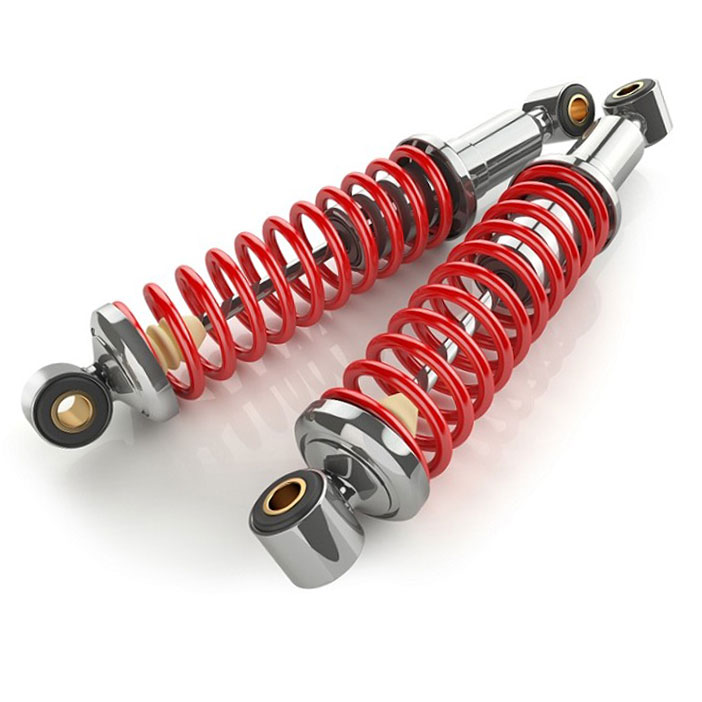
You can get soft and hard linear springs, but they have the same force throughout their length.
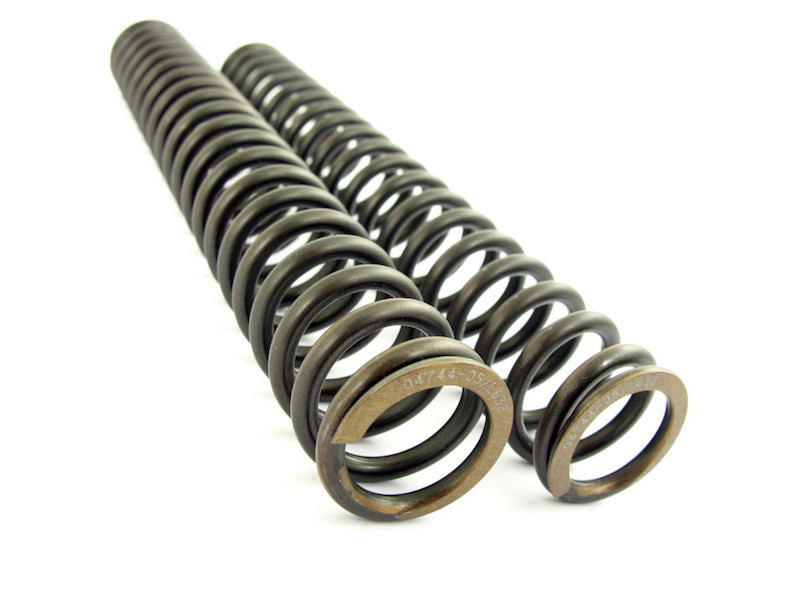
A progressive or dual-rate spring is wound closer at one end and further apart at the other.
Initial force meets less resistance but gradually meets more resistance as force increases.
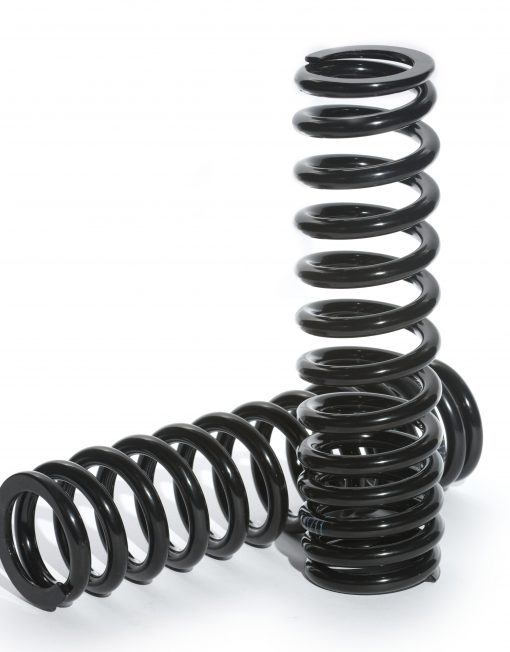
Since the late 1970s, most road bikes have been fitted as standard with progressive-rate springs.
Our Ducati had linear fork springs which made the front very chattery on uneven surfaces.
Which is better?
It’s not a matter of which is better, but which is more suitable to the type of riding you do.
Most suspension experts learn their craft through racing and they usually opt for linear springs.
The forces exerted on the suspension in a race are high and you need high resistance from the first part of the stroke.
So if you are doing a lot of track days, linear springs are probably for you.
They also work well for off-road racing or extreme adventuring, although they must be matched with high rebound damping to prevent pogoing.
Most road riders (including “light adventure” riders) would benefit more from the superior ride qualities of progressive springs which soak up those initial hits, but prevent the springs from bottoming out on big hits.
Ikon expert
So we chose to go with Ikon’s progressive fork springs and rear shocks.
Director Geoff Lowe says that when there are more variables in your riding environment, a “well-chosen progressive-rate spring will do a better job than a linear rate spring”.
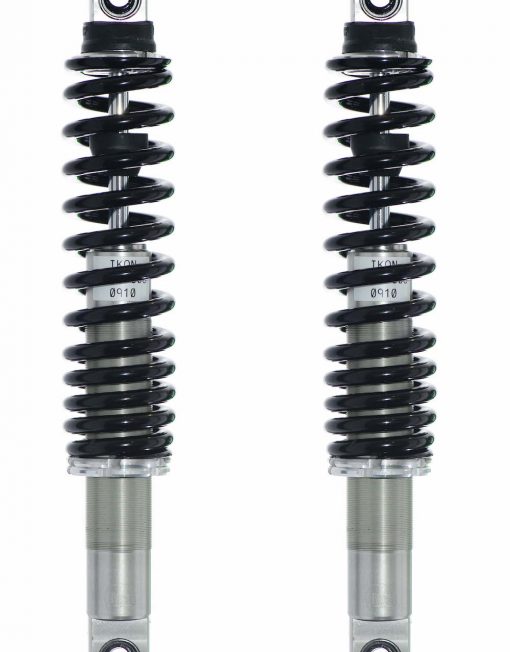
“That is not to say that it creates a one-spring-fits-all situation as it does not do that,” he says.
“What I do find, though, is that a progressive-rate spring will provide better results in more circumstances more of the time. This can include the need to deal with variations in road surfaces, road conditions and riding loads.
“Where a linear-rate spring might shine is where the variables are more limited. The best example of that being on a road racing track. The track surface is consistent, the riding as always solo and the set-up should be tuned accordingly.”
Now read our report on fitting by Oliver’s Motorcycles.
Or skip ahead and find out how the Ikon Suspension performed.
(Ikon Suspension supplied for free)


